Boletus aereus, the king of summer mushrooms
2 years ago · Updated 6 months ago
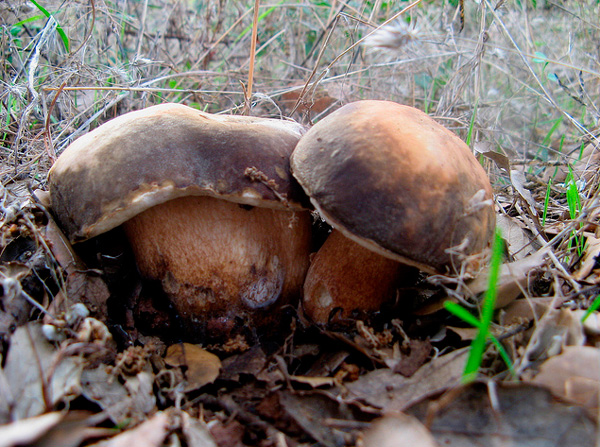
Aereus boletus is considered one of the best edible mushrooms we can find if we go mushroom hunting. We tell its secrets
What do boletus aereus look like?
Although of the 4 best edible boletus, one goes by the name of Boletus aestivalis, the real king of summer is the Boletus aereus, which has frequent blooms from late spring through to autumn. These four mushroom species are undoubtedly the most sought-after by mushroom pickers.
If you want to buy porcini mushrooms for cooking, visit our online store!
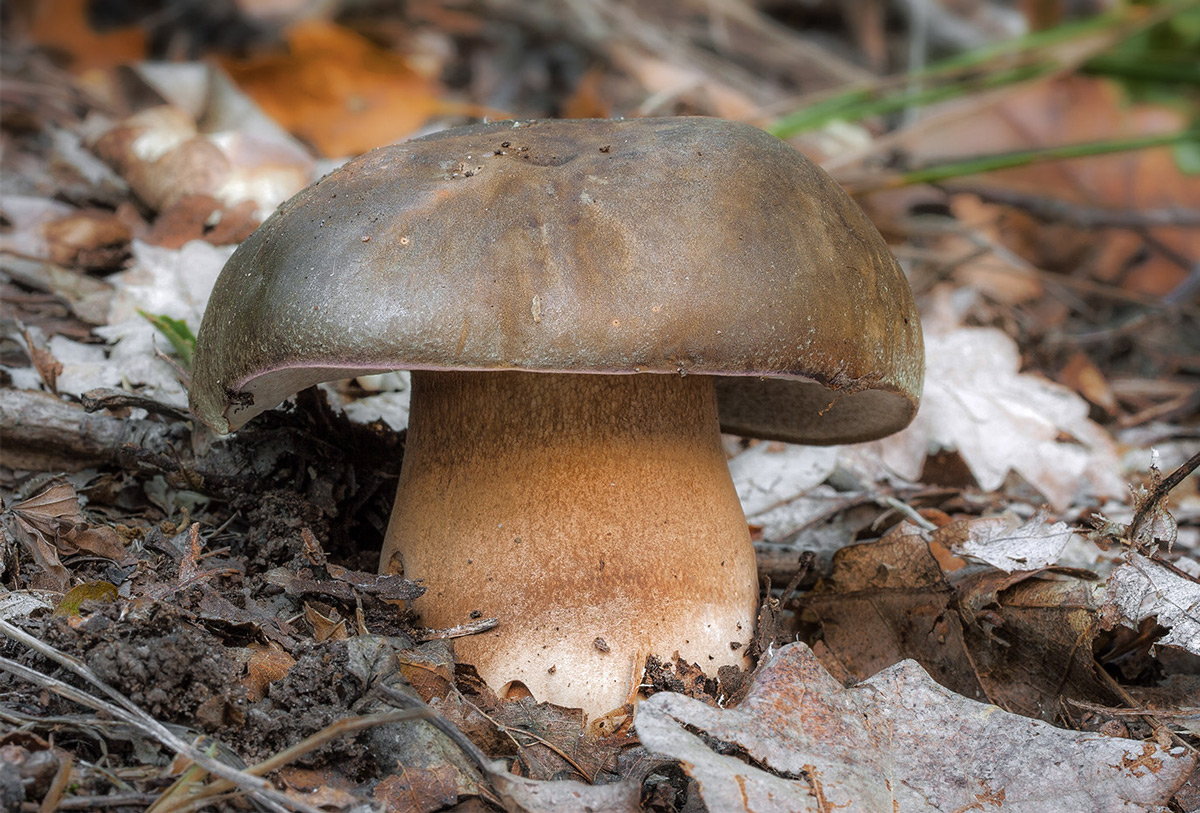
The Boletus aereus is classified in the genus Boletus and in the section edules, composed of thirteen species, four of which are frequent and well known and the others are varieties of the previous ones or rare taxa but cited in Europe.
The four main members of the section are Boletus edulis, Boletus pinicola (now renamed pinophilus), Boletus reticulatus (or aestivalis) and Boletus aereus.
These four bills are not only excellent from a gastronomic point of view. What's more, they're abundant and, except in choupières and poplar groves, can be found in all types of forest. But not only are they widespread, but their period of appearance is very wide, and in the latter case, Boletus aereus is the most remarkable.
When boletus aereus or black mushroom appears
The Boletus edulis is autumnal without this meaning that it appears at the end of summer, as it often does; the Boletus pinicola is springtime but it's also not uncommon for it to have a second flush in early autumn.
Boletus aestivalis or Boletus reticulatus is summer as its name suggests, its preferred time is early summer or even late spring, and it can also have another flush in early autumn.
But if these three have a dilated time of appearance, the Boletus aereus beats them by a wide margin. For it can be found from May onwards and uninterruptedly (if there's enough moisture, of course) throughout June, July, August (when, in the north, there can be a good flush), September, October and even November and early December in the chestnut and cork oak groves of Huelva when autumn is damp and a little warm. We therefore have no hesitation in calling it the king of summer.
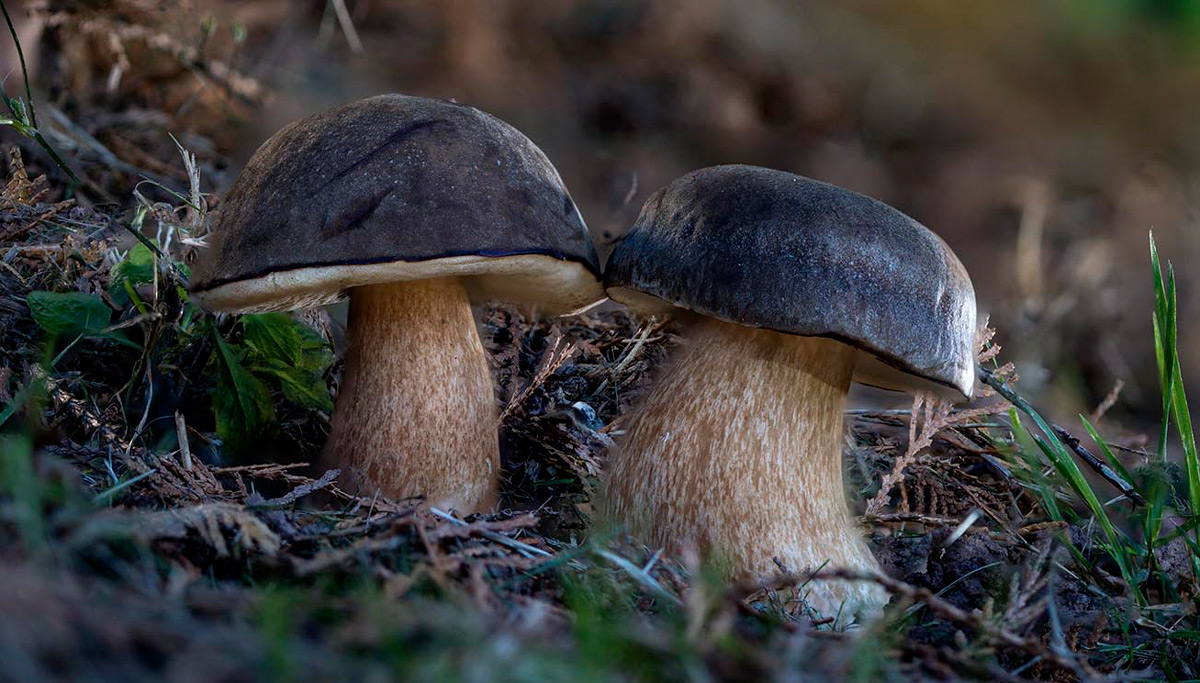
Where to look for boletus aereus
You may have wondered about the habitat of the boletus aereus, so take note so you can find it. Its favorite is oak. When it comes to preferred habitat type, the Boletus aereus is not as generous as some of its close relatives (the Boletus edulis, for example, which can be found associated with all kinds of pines and spruces, oaks, holm oaks, beeches and even hazel trees) and in its case is limited to the family of different types of oak as well as cork oak groves and also chestnut trees.
On the other hand it's not a fungus that appears hidden and in isolation. Rather, it likes light, and it's easy to find them on open ground (that is, of course, if another collector hasn't previously passed by, in which case you'll have to look for them where they've gone unnoticed).
They enjoy the company of other birds, and are not only often seen in pairs or trios. In just a few square meters, it's very easy to see numerous specimens of the same setal growing.
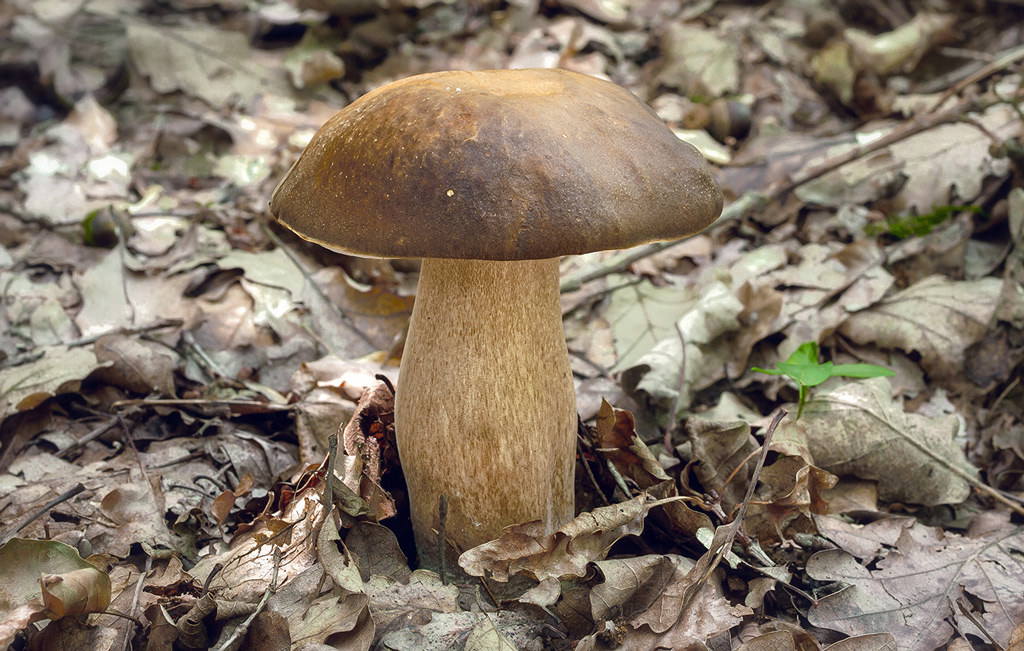
Comestibility of black boletus
Excellent edibility for some enthusiasts, Boletus aereus is the best of the big four in terms of gastronomic quality. It's a matter of taste, although for us, that title may be reserved directly for Boletus edulis.
In any case, there's not much difference between them, but the Boletus aereus even has firmer, more compact flesh. It takes longer to soften with age, so it still has a better texture to work with in cooking. On the other hand, it accepts drying perfectly (which, as it's common to harvest them in warm weather, can be done quickly).
Attacked by larvae
Boletus aereus does, however, have one drawback of being typically summery. This is that its tendency to appear in periods of good temperature favors rapid attack by larvae.
This is why, before picking it and extracting it from the ground, it's advisable to feel it a little and check its condition, because if it's already heavily attacked, it's much better to leave it in the ground so that it sporulates and contributes to the continuity of the species, which undoubtedly needs to renew itself with new spores.
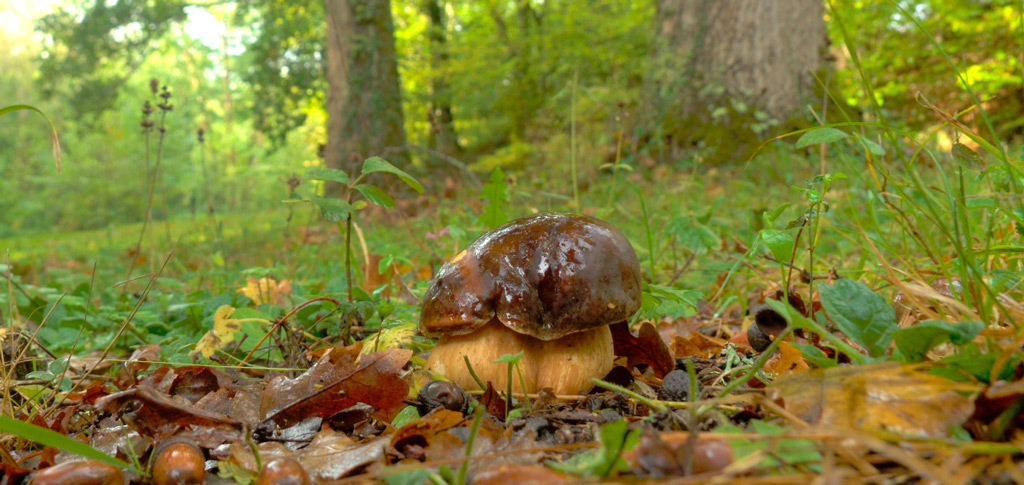
Characteristics of Boletus aereus
- Bonnet: Large, easily reaching 20 and 25 centimeters in diameter. Young, very closed hemispherical shape. With age, it opens to become convex and with regular rim. Cuticle adherent, dry, finely velvety in youth, dark brown or almost black at first. Gradually, it tends to lighten in general and more accentuated in some areas, eventually becoming almost discolored. Tubes are long, thin and white, turning light yellow with age, and greenish yellow in old age. Pores initially closed by a white bloom, then open and appear small and round.
- Foot: Up to 15 centimetres high but normally between 8 and 10 cm. Thick, ovoid, paunchy, especially at the beginning, and at the end of its life often thickened at the base. Somewhat reddish ochre in color, with a fine reticule, first light-colored, then darker on a white background.
- Flesh: Firm, compact, tight and firm, softening with age. White throughout its life, which does not fade on contact or oxidize as it changes color. With a thin brown band under the cuticle. Faint but pleasant odor and flavor.
- Spores: Pale yellowish ochre or olive-brown in mass. Fusiform, 12 to 16 x 4 to 5 microns in size.
Of course, with this data, it will be easier for you to differentiate this excellent edible flounder. If you can, send us your photos and we'll publish them
Photographs of Boletus aereus
We leave you with a few images of black mushroom, siureny, black boletus,... . You're sure to love them, just like we do!
Don't forget to share this article if you liked it:-)

Te pueden interesar